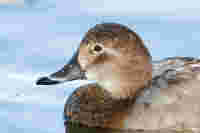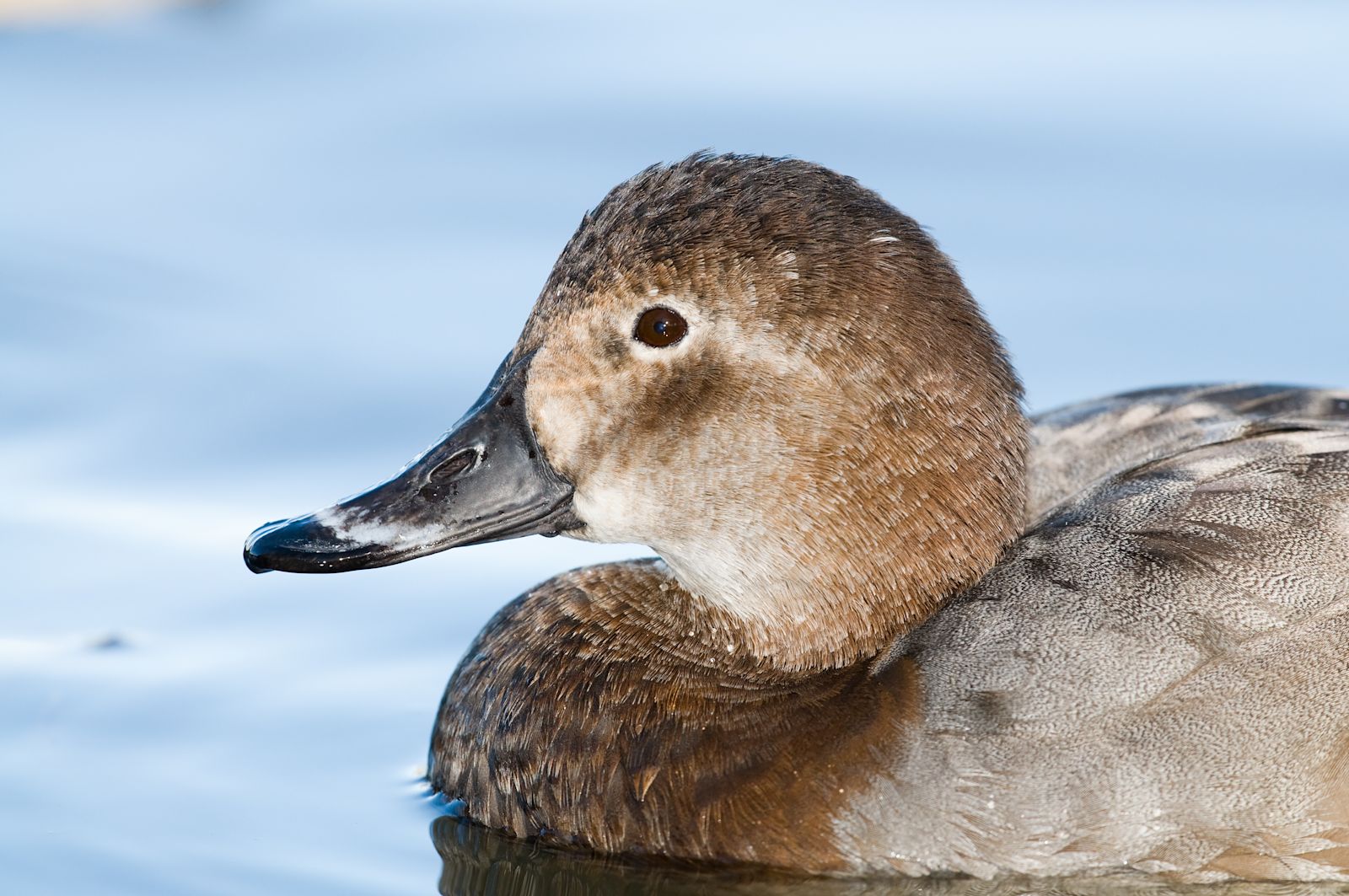Winter is the perfect time to take a closer look at waterfowl. As many migratory birds have left to spend the summer in warmer regions, the local water bodies (rivers, lakes or the sea) are a welcome place for resident birds to spend the cold months. From dazzlingly white to colorful plumage, from majestically wide to very small wingspan - there are many wonderful species to discover. Ornithologist Leander Khil presents the most exciting European waterfowl in two blog posts. Enjoy!

(Branta leucopsis)
Barnacle Goose
This petite, attractive goose from the arctic makes its way to Europe in winter. Huge flocks with tens of thousands of birds winter along the coasts, with the odd individual or small groups making it to sites further inland. Some feral populations of escaped birds live in parks and stay there all year.
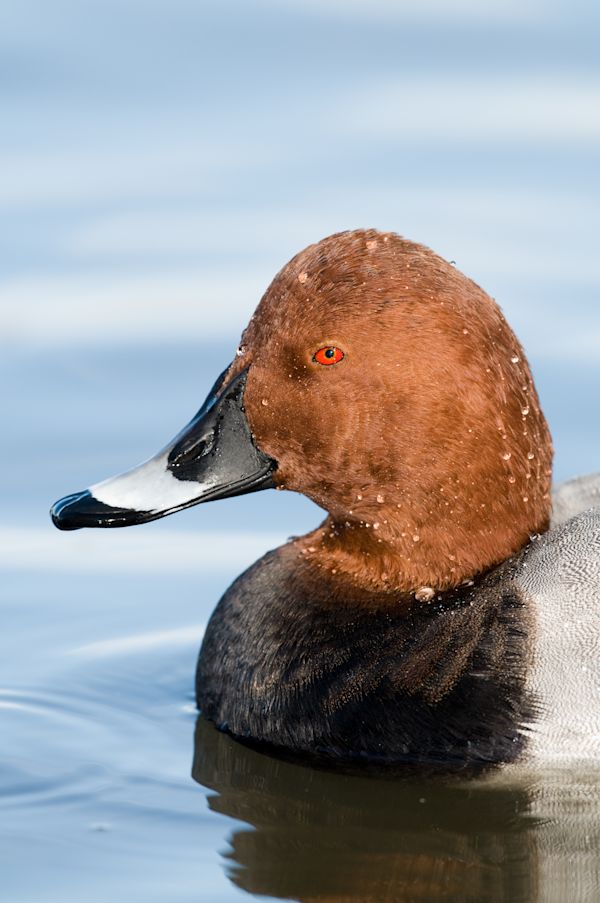
(Aythya ferina)
Common Pochard
A truly common diving duck of freshwater habitats. This species sometimes gathers in big rafts in winter, often mixed with Tufted Ducks. There has been a drop in their numbers in recent years, leading to the pochard status change to “vulnerable” on the latest European Red List of birds.
Common Shelduck
(TADORNA TADORNA)
These striking birds are somewhat intermediate between ducks and geese. Shelducks mostly breed along European coasts but have colonized wetlands further inland in the last 50 years. They also show some fascinating migration patterns: almost all European Common Shelducks fly to the North Sea in summer to molt, as well as the ones breeding in the south.

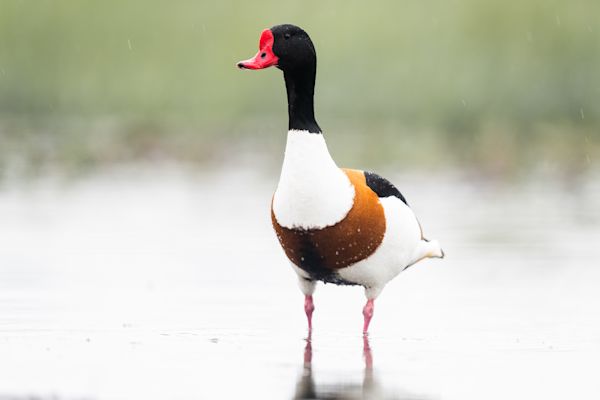
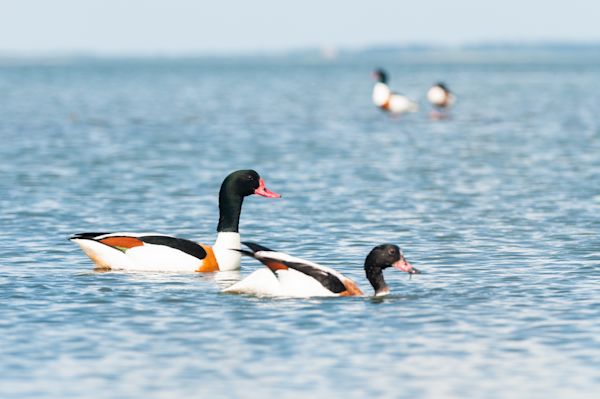
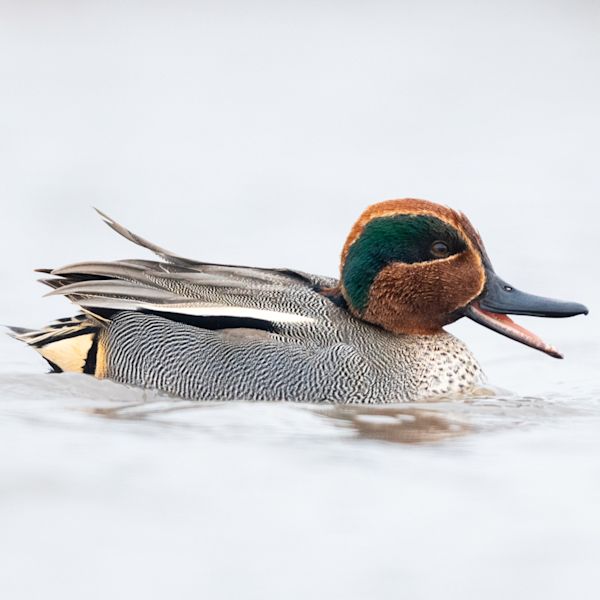
(Anas crecca)
Eurasian Teal
The main breeding grounds of Europe’s smallest duck are the cooler parts in the north and northeast. But for the winter, they settle all over the continent – in very large numbers in some wetlands. The Eurasian Teal is sometimes considered to form one species together with the very similar Green-winged Teal of North America.

(Mareca penelope)
Eurasian Wigeon
The group of wigeons, three species worldwide, is closer to geese in their feeding behavior than to many other ducks. Wigeons like to graze on grasslands or feed on water plants, just like their larger relatives. The Eurasian Wigeon breeds in the northern parts of Europe and Asia, but winters in wetlands and along coasts across Europe.
Do you want to see more beautiful birds?
Then check out the second blog post with more wonderful waterfowl. And stay tuned at #gobirding.
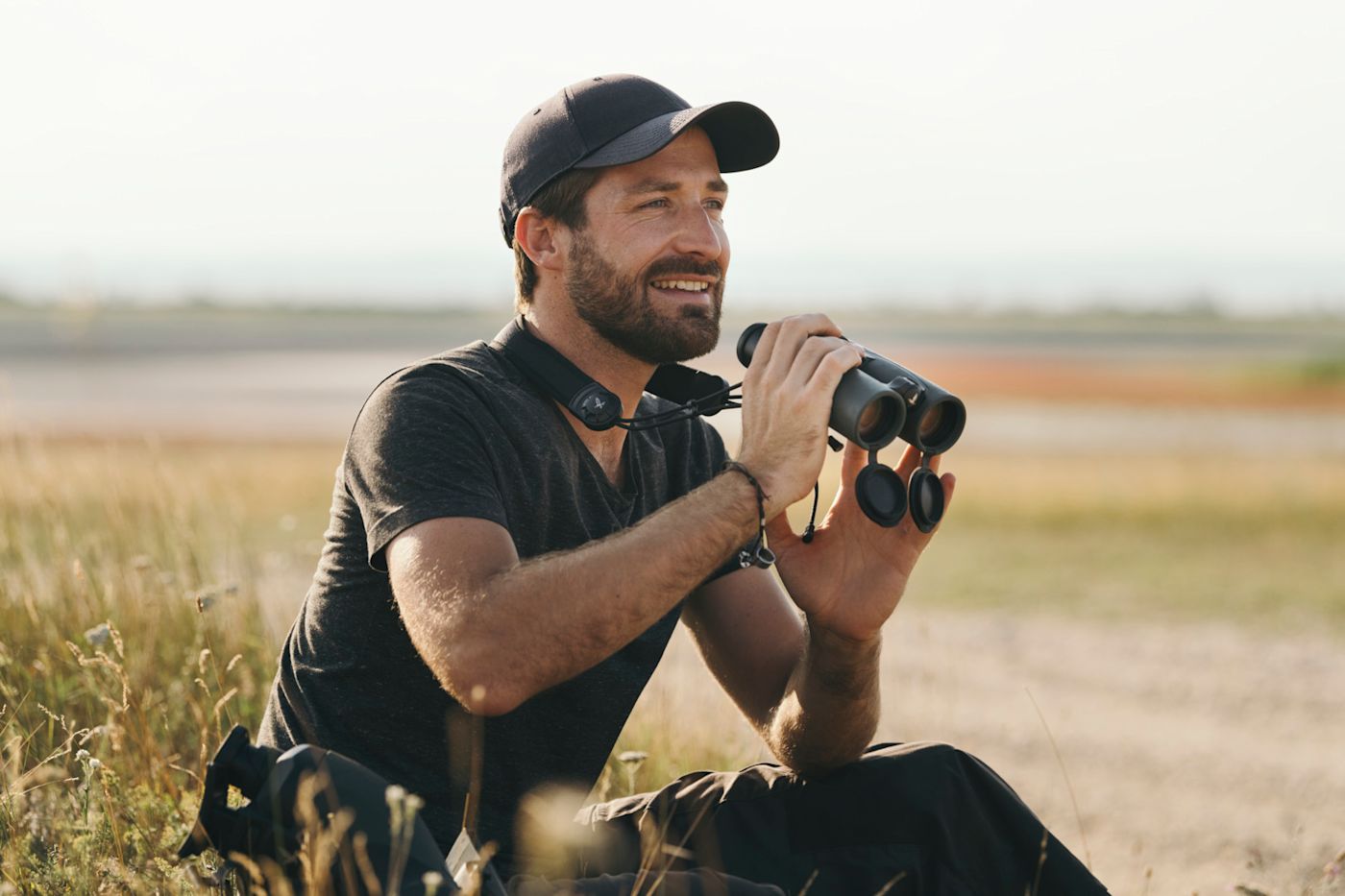
Leander works in many ornithological fields and has written a field guide of the birds of Austria ("Vögel Österreichs"). Accompanied by his EL 42 binoculars and BTX spotting scope, he goes birding at Lake Neusiedl – Seewinkel National Park several times a week.
For more information visit his Instagram @leanderkhil and Facebook accounts.











